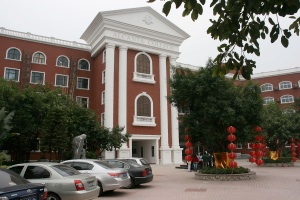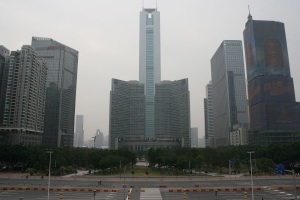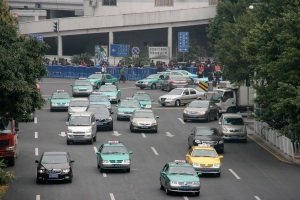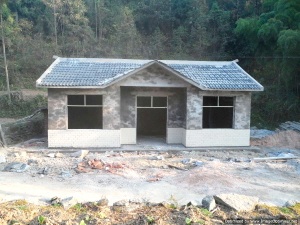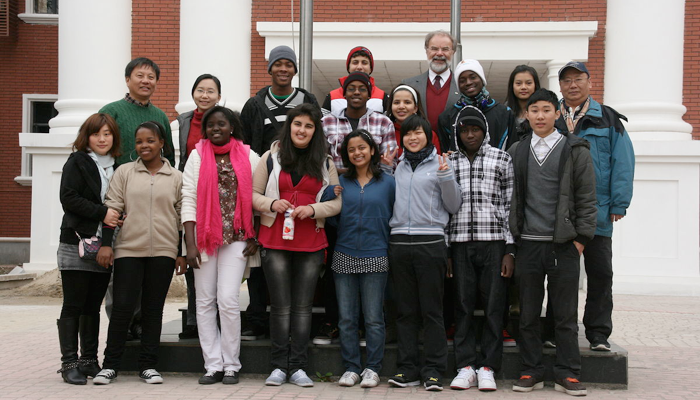The liberated areas need more sunshine
Sunday, 16 January 2011
”The sun always shines more brightly over the liberated areas” was a very popular song in China during the Cultural Revolution in the late 1960s. If the atmospheric accuracy of the song was dubious when it was written, it seems absolutely absurd in the context of today’s smog shrouded industrial Chinese landscape.
Although the air pollution is a negative consequence of China’s remarkable economic growth, the positive changes in China over the past few decades are simply astonishing. In an earlier blog, I shared some observations about China’s rapid change, and perhaps it is time this week to share another.
As background, in November 2010, the latest month for which statistics are available, there were 833,100,000 mobile phones in China, meaning that 63.4% of the population had a mobile phone. No country in the world has more mobile phones today, and this figure was in addition to the nation’s 313,680,000 land lines (placing China in number 1 position in that world ranking also).
The situation was very different when I first visited China in 1982. I had been travelling for a couple of weeks through China, during which time I had not had any access to a telephone. As Di was pregnant at the time in Australia, I was keen to get in touch with her to make sure she was okay (and I hoped she might have been interested to learn that I was okay too!). At last, I found myself in a hotel in Xi’an that had telephones. However, there was no IDD (international direct dialling), and all overseas calls had to be booked in advance and arranged manually through a telephone operator.
So, I booked the call, and waited the requisite 45 minutes in my room, following strict orders to sit right beside the phone. At last the phone rang, and I overheard the conversation between the telephone operator in Xi’an and the telephone operator in Sydney:
-
Xi’an operator: I have call from China for Dianne Codrington
-
Sydney operator: Ooh, I don’t get many calls from China! Which city are you calling from?
-
Xi’an operator: Xi’an.
-
Sydney operator: What?
-
Xi’an operator: Xi’an.
-
Sydney operator: (a pause, then) How do you spell it?
-
Xi’an operator: (very long pause, then eventually) Sorry, I do not know to spell it. I only know to write it.
-
Sydney operator: What???
At that point, I joined the conversation, spelt the name of the city (西安) in pinyin (“X-I-A-N”), and finally managed to have a conversation with my wife, which was dutifully terminated abruptly and precisely at the end of the reserved 3 minutes.
That is why our College continues to emphasise its strong links with China and its needy areas, such as through the project I have been involved with for several years to help build medical clinics in the poor, rural areas of Guizhou (see description HERE). So far, two of these clinics have been completed, and a third is almost finished (see photo above to the right, which I recently received from our partners, the Amity Foundation).
When you think about the life-changing impact that such clinics have on extending life expectancy as well as improving the quality of life and health in general, I hope you can appreciate and share my excitement!
